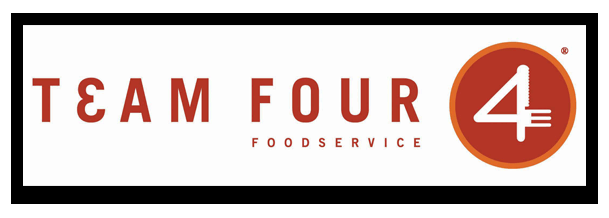 The ongoing difficulties of the restaurant operating environment are paving the way for some movement in the market. While the high costs of construction are apt to dissuade restaurant companies from developing new projects, growth through acquisition is likely to rise. Potential sellers who have grown weary of pandemic-era supply chain problems, ongoing inflation and labor shortages may be more open to negotiation -- perhaps providing financing options to seasoned, qualified buyers eager to expand but balking at bank financing amid rising interest rates. In the third quarter of this year, the median selling price of a restaurant dropped nearly 7 percent over the previous quarter. But as a recent article by the CEO of the restaurant brokerage We Sell Restaurants noted, that decline reflects a decrease in restaurant asking prices in recent months. Buyers are still paying close to asking price. If you’re in the market to sell, that makes it especially important to price your business well in light of fluctuating economic conditions. Have a restaurant business broker conduct a valuation of your business so you have an indication of what your business is worth in the current market. Ensure you have the past three years of your restaurant’s income, balance sheet and cash flow statements – and be transparent about how your business has weathered the pandemic. Have a carefully vetted business plan, particularly if you’re seeking possible seller financing. Finally, keep your talks confidential so as to keep current staff from becoming disinterested in providing great service (or guests from disengaging from you). Both can impact sales and discourage a potential buyer from completing a sale. Buyers looking for opportunities to expand through acquisition will need a thorough understanding of what they need to maximize efficiency. That includes what construction will be required to bring the business in line with the needs that emerged during the pandemic. There is likely a lot of inventory on the market that will need a revamp to accommodate the changes to restaurant footprints, layouts and features that will be necessary going forward.
0 Comments
|
More Financial MattersWhat’s the best financing option for my restaurant?Build revenue through the kitchenLegal claims: Are you leaving money on the table?Archives
June 2024
Categories
All
|
Foodservice CEO is provided for informational purposes only. It is intended to offer foodservice operators’ guidance regarding best practices in running their operations. Adherence to any recommendations included in this Guidance will not ensure a successful operation in every situation. Furthermore, the recommendations contained in this website should not be interpreted as setting a standard of operation or be deemed inclusive of all methods of operating nor exclusive of other methods of operating.
Copyright 2023 Team Four Foodservice, All Rights Reserved.




 RSS Feed
RSS Feed